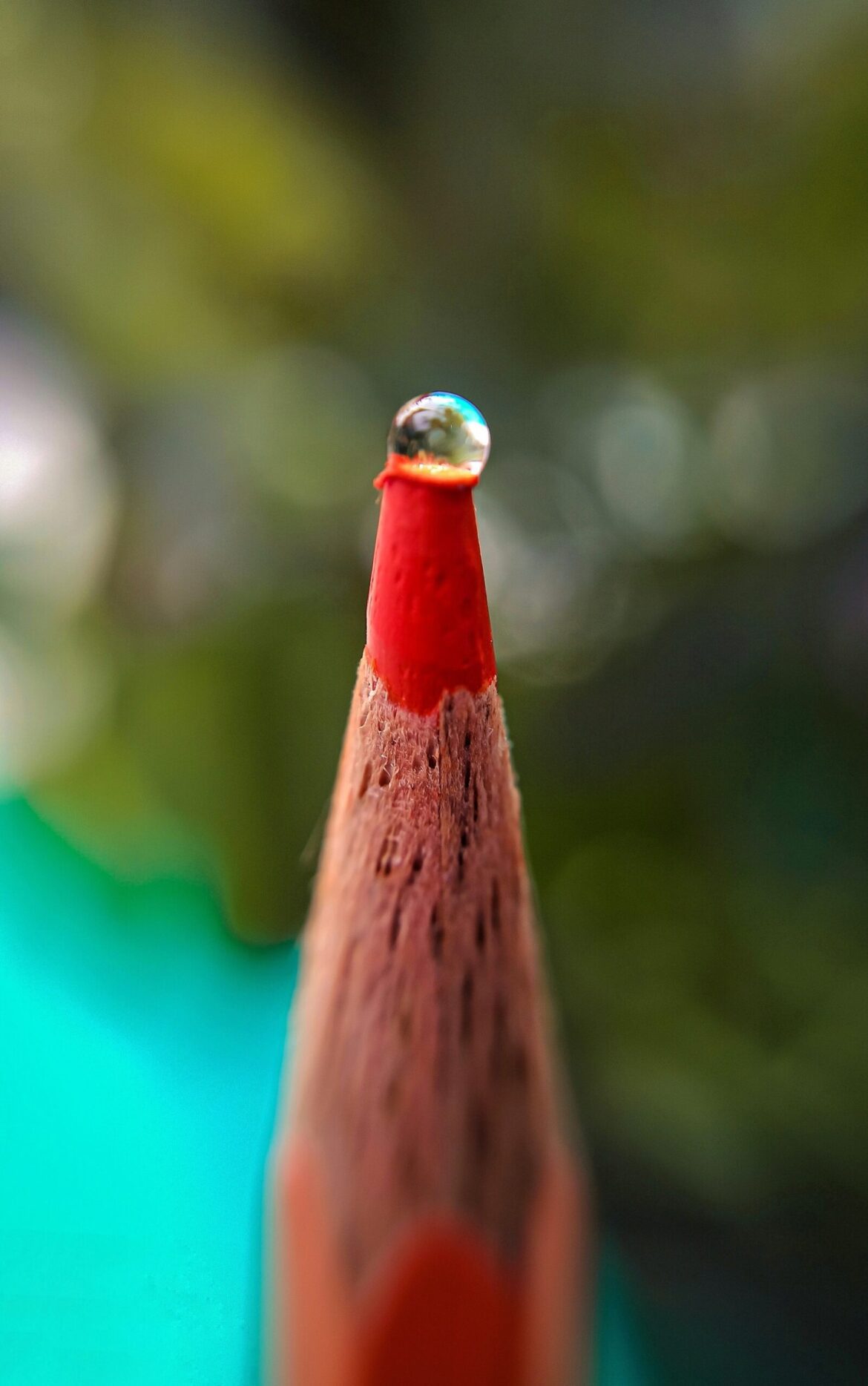7 Micro Photography Tips To Capture The Tiny World Around You
Have you ever looked at something, and thought “That looks like a different world”? Well, if you want to capture that feeling and show it to others, then micro photography is the way to go. Micro photography is all about capturing the tiny details of the world around us in a creative and beautiful way. From close-ups of insects, to macro shots of plants and landscapes, there are endless possibilities when it comes to micro photography. In this blog post we will cover 8 tips on how to get started with micro photography and explore some of the amazing possibilities that come with it. So grab your camera, and let’s dive into the tiny world around us!
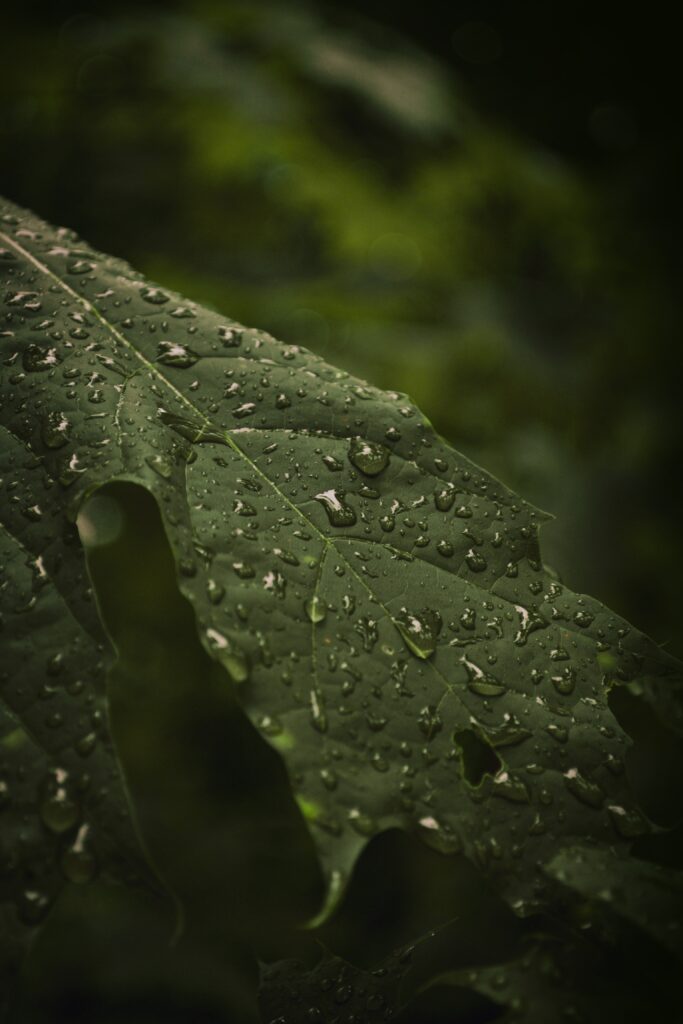
7 Micro Photography Tips: Tip 1 – Use a tripod
If you want to get into micro photography, one of the best pieces of equipment you can invest in is a tripod. This will allow you to keep your camera still and capture sharp images. When you are working with such small subjects, even the slightest movement can blur your photo.
7 Micro Photography Tips: Tip 2 – Use a macro lens
If you want to get up close and personal with your subject matter, a macro lens is a must. Macro lenses are designed to let you focus on tiny details, and they’re available in a range of focal lengths.
When choosing a macro lens, keep in mind that the longer the focal length, the more magnification you’ll get. A 100mm macro lens will give you 1:1 magnification (meaning your subject will appear life-size on your sensor), while a 60mm macro lens will give you 1:2 magnification (meaning your subject will appear half life-size on your sensor).
Another thing to consider is aperture. Macro lenses tend to have narrower apertures than standard lenses, so if you’re shooting in low light or wanting to create a shallow depth of field, keep that in mind when making your purchase.
Once you have your macro lens, there are a few things to keep in mind when using it. First, because macro lenses magnify both the subject and any camera shake, it’s best to use a tripod or some other form of stabilization. Second, due to their narrow field of view, it can be difficult to keep your subject in frame—so take your time composing each shot. Finally, remember that getting close to your subject also means getting close to any potential hazards like bugs or poisonous plants!
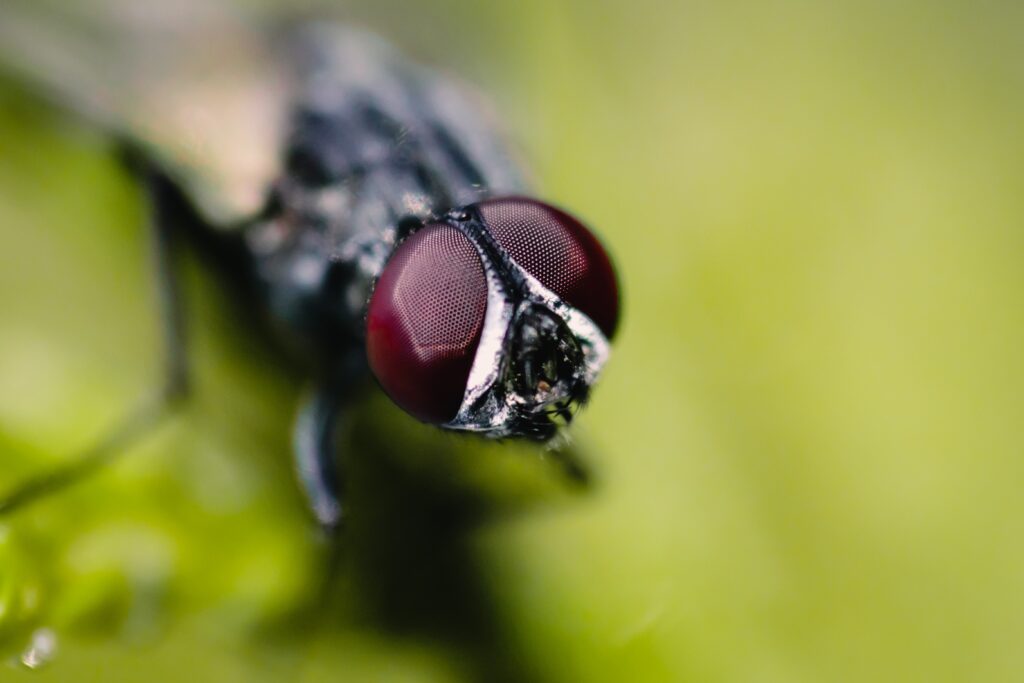
7 Micro Photography Tips: Tip 3 – Use natural light
If you want to take great micro photography, one of the best things you can do is use natural light. Sunlight provides the perfect amount of light for taking close-up photos without washing out the details. If you can, position your subject so that it’s in direct sunlight for the best results.
If you’re shooting indoors, try to position your subject near a window to make the most of natural light. You can also use a desk lamp or other soft light source to supplement sunlight and help reduce shadows. Just be careful not to place your subject too close to the light source, or you’ll end up with overexposed photos.
7 Micro Photography Tips: Tip 4 – Shoot in RAW format
If you’re serious about micro photography, you’ll want to shoot in RAW format. RAW files are larger than JPEGs, but they offer much more flexibility in terms of post-processing. With a RAW file, you can adjust things like white balance, exposure, and shadows without losing any detail or quality.
JPEGs are fine for casual shooting, but if you want to get the most out of your micro photos, RAW is the way to go.
7 Micro Photography Tips: Tip 5 – Use a shallow depth of field
If you want to focus on a small subject, or if you want to create a lot of background blur, use a shallow depth of field. This means that your aperture will be open wide, which lets in more light and creates a shallow area of sharp focus.
To get the most out of a shallow depth of field, you need to be close to your subject. The closer you are, the blurrier the background will be. You also need to make sure that your subject is in sharp focus. This can be tricky when shooting macro photography, as even the slightest movement can throw off your focus.
Once you’ve got your settings sorted, take some time to explore different compositions. A shallow depth of field can transform even the simplest subjects into something special. So get creative and have fun!
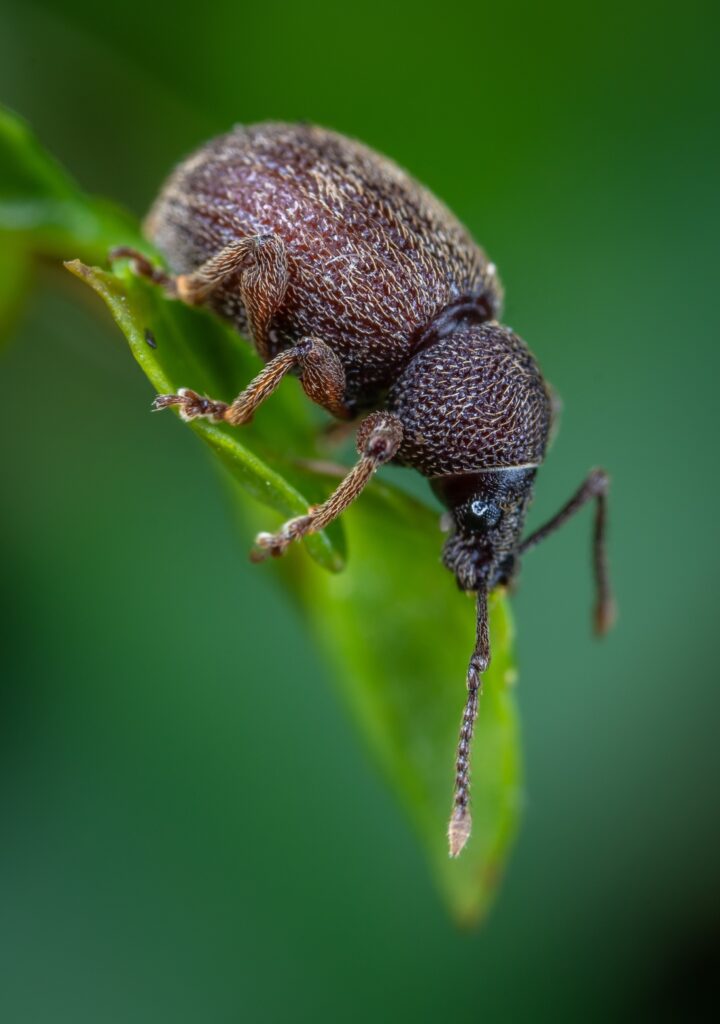
7 Micro Photography Tips: Tip 6 – Use burst mode
If you want to capture a lot of images in a short amount of time, use burst mode. This is especially useful when trying to photograph fast-moving subjects, like insects or small animals. To use burst mode, simply hold down the shutter button while taking pictures. The camera will continue to take photos as long as you keep the button pressed down.
7 Micro Photography Tips: Tip 7 – Take your time
If you want to get into micro photography, the first thing you need to do is take your time. This isn’t a type of photography where you can just point and shoot and hope for the best. You need to be patient, and take your time composing each shot.
This means that you’ll need to have a lot of patience when you’re out in the field, waiting for that perfect moment to capture. But trust me, it will be worth it in the end when you see the incredible results that you can achieve with this type of photography.
So if you’re thinking about getting into micro photography, make sure you’re prepared to take your time, and be patient while waiting for those perfect shots.
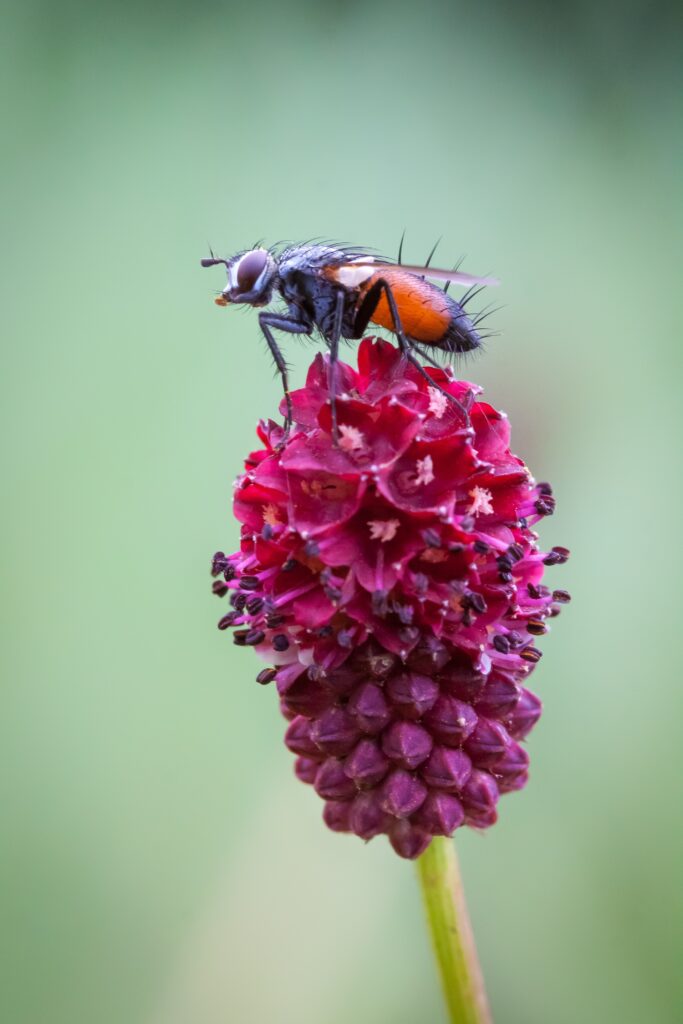
Last Shutter Thoughts
With the help of these 7 micro photography tips, you’ll be able to capture the tiny world around you and create beautiful images. You should remember to experiment with different lenses, use a tripod for stability, find macro-friendly subjects, choose appropriate lighting conditions and most importantly have fun. Micro photography can be a very rewarding experience that allows us to appreciate the beauty of nature in all its small details. So what are you waiting for? Get out there and start exploring!
You might want to check out this interesting article about lens coating and why it’s important – Why Lens Coatings Are So Important in Photography.
Also there is this cool article about Micro Photography and Space. Say what? Check it out. Written by Peerspace.
Please leave your comments below and I will happily reply to them.
Like always shutterbugs stay curious and salty.

